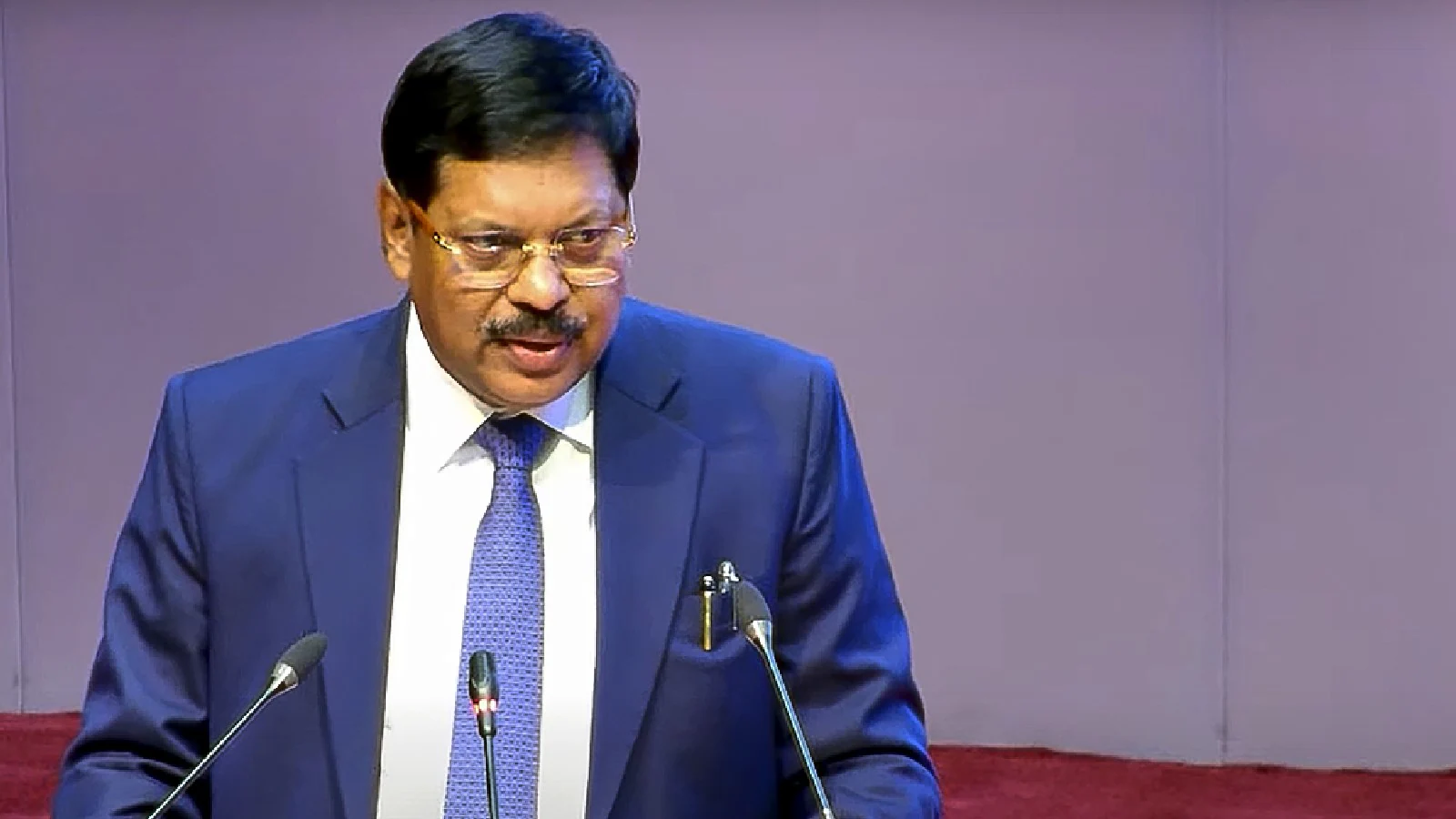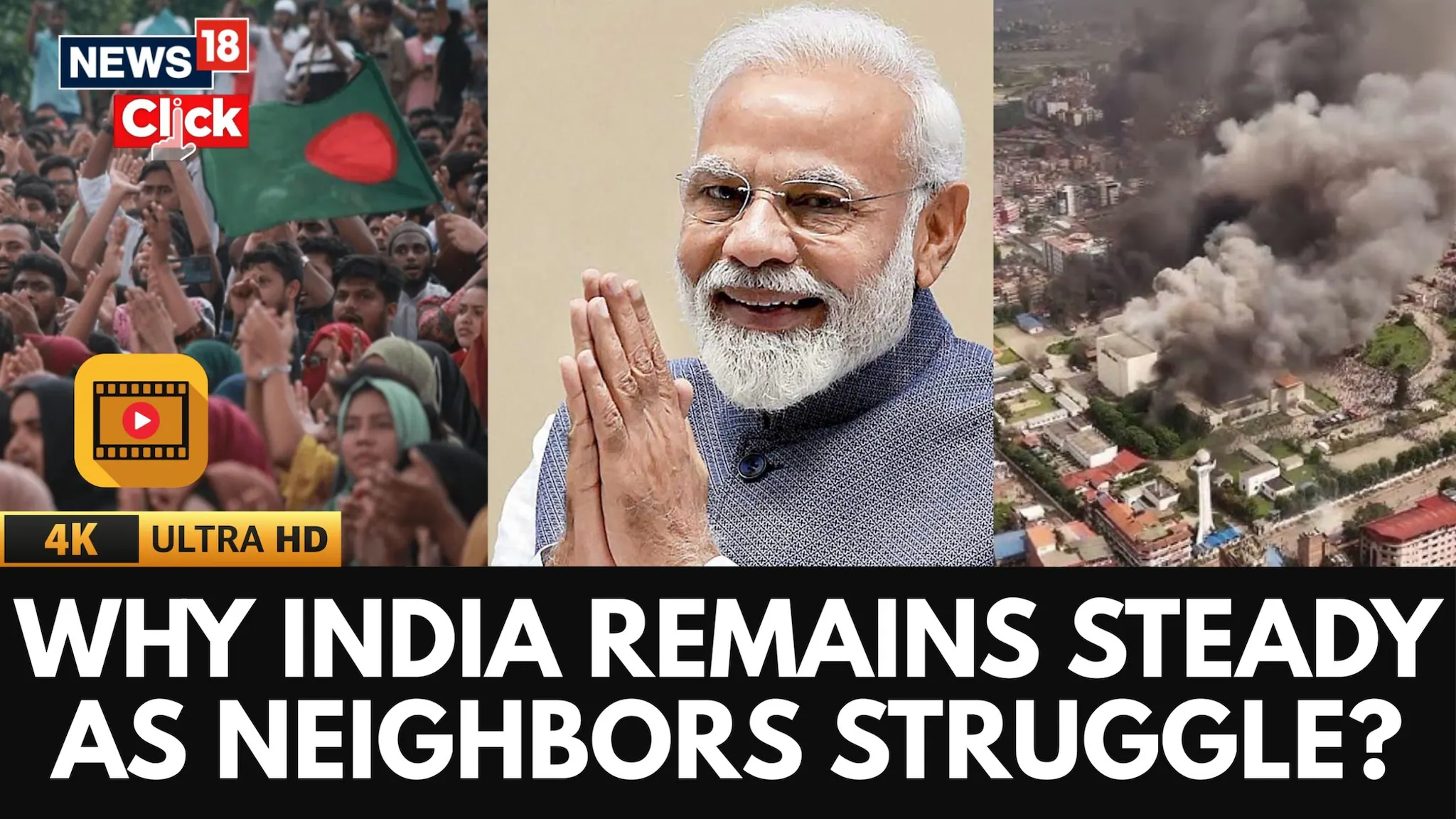By News18,Rahul Shivshankar
Copyright news18

“Go and ask the deity itself to do something now. You say you are a staunch devotee of Lord Vishnu. So go and pray now.”
With these dismissive words, a Hindu petitioner was sent packing by the Chief Justice of India, BR Gavai.
The petitioner had approached the top court hoping that it would intervene and order the Madhya Pradesh administration or the Archaeological Survey of India to restore a mutilated statue of Lord Vishnu. The petitioner had claimed that his religious rights were violated as he was forced to pay oblations to the defaced statue placed in a temple that was part of the Khajuraho cluster in Madhya Pradesh. Historical records show that the statue bore the brunt of Islamist anti-Hindu iconoclasm during Mughal invasions.
The insensitive abnegation of the petition by the Chief Justice of India is a matter of concern, not least because the reason cited by Justice Gavai is deficient in judicial reasoning. In fact, the ground for its dismissal is founded in prejudice and not in law. If the Supreme Court is urging petitioners to appeal straight to the court of a benign God for justice, why does anyone need the courts?
The question is whether the CJI’s remark was a loose comment—an ill-thought-out reproach.
Though the CJI has clarified that he “respects all religions”, history suggests that his insensitive rebuke is representative of a deeper state-sponsored antipathy towards the rights of the Hindu community. For very long, officials of the state have come to interpret secularism as the need to distance itself solely from Hindu grievances, as if securing the rights of Hindu devotees will fan “Hindu revivalism”. In 1951, India’s first Prime Minister, Jawaharlal Nehru, said as much in a letter to the then-President Rajendra Prasad. Nehru was upset with the First Citizen for campaigning to restore the Somnath Temple to its original glory after it was razed by the Muslim invader Mahmud of Ghazni. Nehru wrote: “My dear Rajendra Babu, I am greatly worried about the Somnath affair…we are asked how a secular Government such as ours can associate itself with such a ceremony which is, in addition, revivalist in character.”
But this concern never agitated Congress governments that have splurged huge sums of money, for instance, to maintain the tomb of Mughal emperor Aurangzeb. Instead of worrying about normalising Islamist exceptionalism, it is almost as if Congress governments believed that restoring the legacy of a bigot afflicted by Hindumesia advanced the cause of pluralism.
There are other examples of the state playing gratuitously to secular galleries. The five-judge bench that decided the Ram Janmabhoomi title dispute wove into the Ayodhya judgement a needless reference to what they believed was the sanctity of the Places of Worship Act, 1991, when they were not even called upon to decide on the law’s legality. Readers may recall that the law, brought in by a Congress government, among other things, shockingly denies non-Muslims from exercising their constitutional right to legal redress.
The entire post-independence project has focussed on somehow taking the “Hindu out of the Indian”. Of course, this almost Marxist suspicion of all things Hindu is totally at odds with observed facts. Pakistan, Bangladesh, Afghanistan, and the Maldives are all Muslim-majority states in India’s neighbourhood. Are they examples of religious pluralism? No. On the other hand, Hindu-majority India is the beacon of tolerance. Why? Because of the inherent universalism of Sanatana Dharma and its civilisational tradition. That is the true wellspring of India’s secular spirit, yet it is precisely this strength that the state seems most determined to exorcise.



